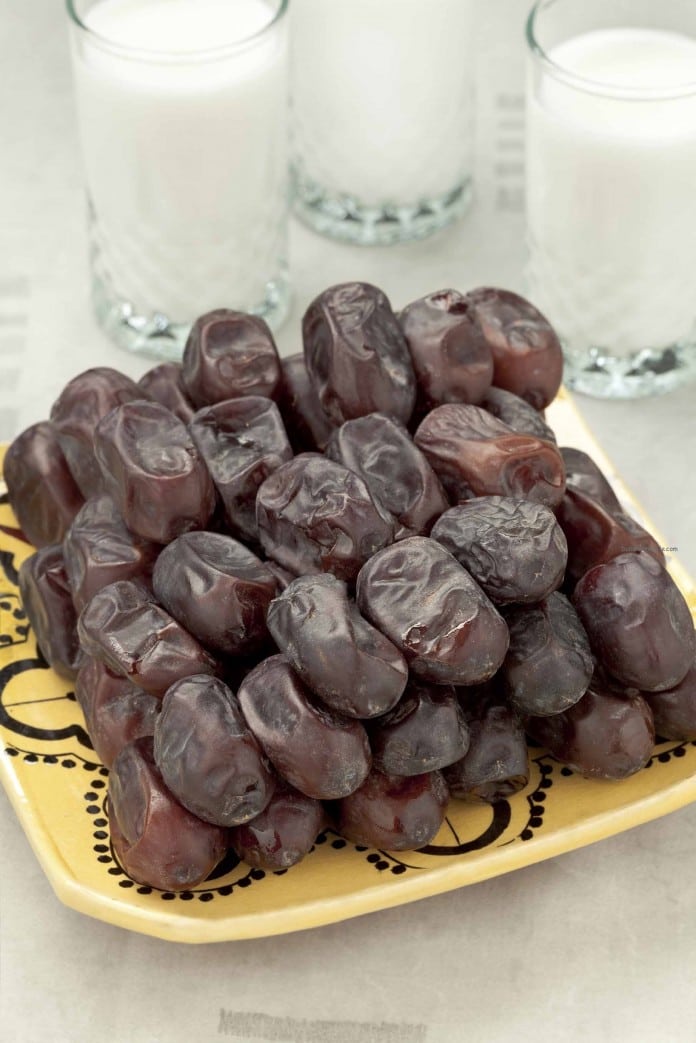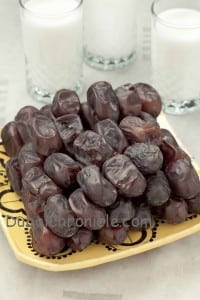
Experts from the Sharjah Planetarium has announced that this year’s Ramadan fasting hours will last for more than 15 hours, the longest in 32 years. Combining this with rising summer temperatures, this, no doubt, can be considered to be one of the toughest years to fast.

The American Surgecenter, a leading medical facility in Abu Dhabi, stressed that while fasting this year might prove to be a bit challenging, it is still possible to achieve its maximum benefits if fasting is done correctly.
The changes that occur in the body in response to fasting depend on the length of the continuous fast; the body enters into a fasting state eight hours or so after the last meal, when the gut finishes absorption of nutrients from the food. In the normal state, body glucose, which is stored in the liver and muscles, is the body’s main source of energy. During a fast, this store of glucose is used up first to provide energy. Later in the fast, once the stores of glucose run out, fat becomes the next store source of energy for the body.”
Guide to a healthy Ramadan fast
Balanced food and fluid intake is important between fasts. People who fast during Ramadan usually consume two main meals, Iftar and Suhur, with one snack in between. Each meal is essential and plays an important role in making Ramadan fasting healthy.
Iftar meal should always start with a source of simple sugar to compensate energy lost during long fasting hour and nothing beats dates with that. Along with dates, a cup of laban could be consumed as a good source of minerals and protein for the body. A cup of warm, non-creamy soup helps human’s stomach to receive food with better digestion and less discomfort. After having these starters, it is recommended to have a break of 10 minutes then go to the main meal, which should be a balanced one containing sources of lean protein, such grilled fish or chicken, low glycemic index carbohydrates, such as brown rice or boiled sweet potatoes, in addition to a source of vegetables, raw or cooked, with little oil. It’s common in Ramadan feast to enjoy certain types of appetizers as samosa or kibbeh, however, having them in lighter version, that is baked not fried, will guarantee less after-meal discomfort and less calorie intake.
It is also observed that the human body tend to crave sweets and sugar during the holy month. Ideally, fruits should be the first choice to suppress these cravings although in reality, people tend to shy away from fruits due to the abundance of a variety of Ramadan desserts.
For Suhur, specialists recommend postponing consuming this meal until exactly before fasting hours start. People tend to skip this meal ignoring the fact that our body needs a source of energy to maintain production level high the next day. A perfect Suhur meal will consist of complex source of carbohydrates such as whole wheat bread with a protein source as boiled eggs, Turkey slices or white cheese. What could make Suhur meal even healthier is a cup of low fat milk or laban and a bowl of freshly cut vegetables.
It is also important to be mindful of the summer heat when fasting. The body needs to be hydrated more due to high rate of sweating. Two liters of water at least should be consumed daily. It might be challenging but having a bottle of water always available around is a good reminder for us to drink. Lastly, you need not stop your exercise regimen during Ramadan unless indicated by physician. It’s still advisable to exercise for 1 hour, 3-4 times a week in the non-fasting hours.



































